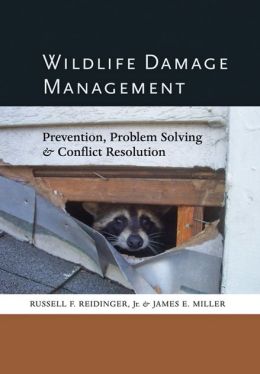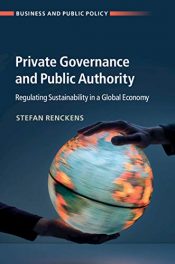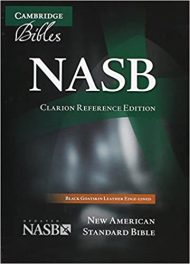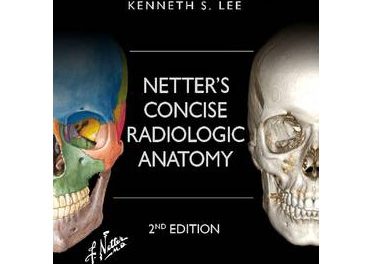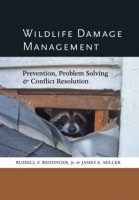 Authors: Russell F. Reidinger, Jr., and James E. Miller
Authors: Russell F. Reidinger, Jr., and James E. Miller
Publisher: Johns Hopkins University Press – 243 pages
Book Review by: Paiso Jamakar
This book has been written for educators, students and practitioners in wildlife management. It provides information on, and deals with, the different issues relating to wildlife damage, or damage done by wildlife to people, property and the environment.
Among the topics this book covers are:
- Economic issues
- Damage management strategies
- Human dimensions
- Individual-, population-, and ecosystem-level effects
- Legal and political aspects
- Management methods
- Pertinent biological and ecological concepts
- Survey techniques
The authors point out in the Introduction that while “wildlife species are highly valuable and beneficial resources,” they also:
- Injure and kill people
- Make people sick
- Threaten their livelihoods
- Damage their property, interests, and industry
The main purpose of this book is to provide knowledge and insight to all concerned to prevent these negative consequences of wildlife.
The basic types of damage according to the authors are: damage to property, such as a birds damaging an airplane engine; agricultural damage, including forestry and livestock, such as rodents eating rice; public health or safety, such as the Ebola virus jumping to people and making them sick or leading to their death; and damage affecting other wildlife, such as a brown cowbird parasitizing a warbler nest.
This book of 18 chapters deals with six main subjects presented in as many parts:
- An Overview of Wildlife Damage Management – presenting the Introduction, History and Resources or literature available for more facts/numbers, deeper study, understanding, and enlightenment on a wide of topics.
- Biological and Ecological Concepts – detailing organismic and species systems; populations; and communities, ecosystems, and landscapes.
- Surveys of Damage and Damaging Species – discussing (and showing some) exotic invasive species worldwide; damaging species of North America; and wildlife diseases and zoonoses.
- Methods – itemizing the different physical methods, pesticides, and biological methods of preventing damage by wildlife.
- Human Dimensions – explaining the economic dimensions of wildlife damage; human perceptions and responses, and the political and public policy issues
- Strategies and the Future – considering operational procedures and strategies; future directions in wildlife damage management; and wildlife conservation efforts.
One of the useful features in this book is a 12-page Glossary of terms that readers have, or will come across, in their readings on wildlife management. For example, some may not know the meaning of the term crepuscular. This means active at dawn or dusk. Some common examples are mosquitoes and rats.
Another valuable feature is a long (22 pages) section of References that readers can go to, to learn more about the wide range of subjects written about in this one-of-a-kind book, authored by the wildlife experts named below.
Russell F. Reidinger, Jr. is a former director of the National Wildlife Research Center, USDA APHIS / Wildlife Services, and an adjunct professor in the Department of Agriculture and Environmental Services at Lincoln University in Jefferson City, Missouri, and in the School of Natural Resources, University of Missouri, Columbia.
James E. Miller is a professor emeritus in the Department of Wildlife, Fisheries, and Agriculture at Mississippi State University and past president of The Wildlife Society

